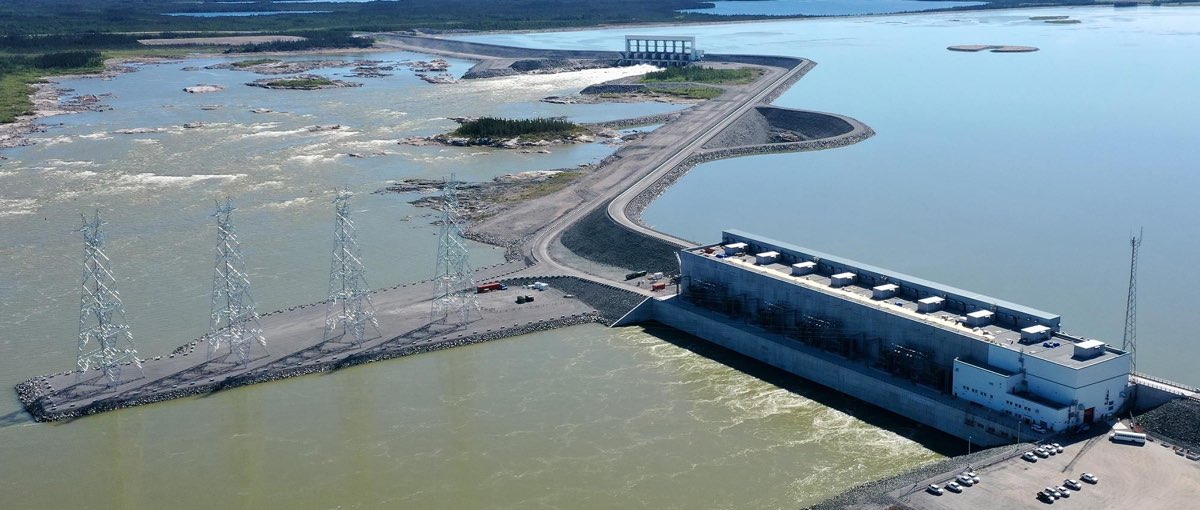Capacity vs. energy: horsepower vs. fuel
Two terms that come up a lot in the electricity market are energy and capacity. They’re easy to confuse — capacity is measured in megawatts, gigawatts, or terawatts (MW, GW, TW) and energy is measured in megawatt-hours, gigawatt-hours, or terawatt-hours (MWh, GWh, TWh).
But there’s an easy way to understand the difference: think about a car.
If you need to make a long trip, you’re probably going to need to pass someone, and you might need to do it quickly. To make sure you can get up to a comfortable passing speed, you’ll need to have enough horsepower quickly available.
That’s capacity.
In a similar way, a utility like Manitoba Hydro needs to have enough generating capacity to ensure it can supply the electrical demand in its service area, even during short unusual demand spikes. Just like the extra horsepower needed to pass, we may only require the full capacity of our generators a few times. But having that capacity available ensures we’re never short of power, even if only for a brief moment. In other words, capacity is the maximum our generators are capable of producing. It’s measured in megawatts (MW) — one megawatt is equal to one million watts.
If we have surplus capacity we don’t need in Manitoba right away, we can sell that surplus to other utilities — usually in long-term contracts — until we require it domestically. Those utilities can call on this capacity as required to serve their customers. Sales of surplus capacity are a significant source of export revenue for Manitoba Hydro.
Your car also needs a way to get the motor running and wheels turning — it needs fuel. Without fuel or an energy source, the car won’t go no matter how much horsepower it has. Burning the fuel produces the energy to turn the wheels, and you need enough fuel in your gas tank if you want to get to your destination. You can’t operate a vehicle without fuel, so as long as you have and use your car, it’ll always have some in it.
That’s energy.
Electricity is energy, and it’s what we produce and what we sell to our customers. The fuel for our hydro stations is the water that flows in our rivers; the more fuel we have, the more electricity we can produce. And if we have more water than we need, we can generate surplus electricity for export. We sell electricity to our customers at home in kilowatt-hours; on the wholesale market, utilities buy bulk electricity in megawatt-hours. The more surplus water we have, the more megawatt-hours we can sell.
If we have enough surplus energy that we can guarantee delivery even in low water years, we can sell the surplus under short- or long-term contracts along with surplus capacity.
So the next time you see capacity or energy as part of an export conversation, think back to a car. Capacity is like horsepower: it has value because of what it can do. Energy is like fuel: you’re buying a practical product, and you’ll always need some of it.
